Purpose
More than a century after its establishment, many Royal Australian Navy (RAN) uniforms and ranks still reflect those used by the British Royal Navy (RN). Previous articles have described the history of Navy sailor uniforms or ‘rigs’ since 1509,1 the development of male and female health sailor uniforms since 1879,2 and the evolution of their rank and rate badges since 1827.3
The purpose of this two-part article is to describe the development of Australian Navy health officer uniforms. Part One described the overall development of male and female RN, Australian colonial and RAN uniforms and ranks since the 11th century,4 while this part focuses on RN and RAN medical, dental, medical administration and nursing officer uniforms.
Background
Part One described how Navy had two types of officer at the beginning of the 16th century: ‘gentlemen’ officers who received ‘commissions’ from the monarch to exercise command on his or her behalf, and ‘tarpaulin’ officers who received ‘warrants’ from the relevant Navy Board.5
Navy warrant officers themselves, also came in two forms. The ‘standing’ warrant officers—boatswains, gunners, carpenters, pursers and cooks—stayed with their ships even when they were not in service; while masters, chaplains and surgeons were appointed for ships in service when required.6
Some warrant officers eventually achieved commissioned status (surgeons from 1843),7 while the remainder were abolished in 1949.8 Commissioned and warrant officers were both divided between ‘military’ and ‘civil’ branches (with health officers included with the latter) until 1957.9
Hence the title Warrant Officer, used for the RAN’s senior sailor rank above Chief Petty Officer since 1971, is completely unrelated to its original use for over 400 years from the early 16th century, for highly experienced and skilled yet patently subordinate non-sailor officers, many of whom who were often employed interchangeably between the King’s ships and civilian merchantmen.
Medical Officer Uniforms
English surgeons first went to sea during the medieval period as part of a commander’s retinue. They were not appointed to specific ships until after 1509, when Henry VIII founded the RN in its current form.10
A common uniform for all warrant officers, including surgeons, was introduced in 1787. No pictures have survived, but it consisted of a blue coat with blue lapels and round cuffs, fall down collar, three buttons each to the cuffs and pockets, lined but not edged in white, with a white cloth waistcoat and breeches. The buttons had an anchor motif, and were the same pattern as that previously used for captains.11
The early Napoleonic Wars revealed shortfalls in the number and quality of Navy surgeons. This led to enhanced conditions of service from 1805, including a dedicated uniform that ranked them with Army surgeons, but below Navy Lieutenants.12 This was consistent with the latter’s role as ‘gentlemen’ officers, who exercised command over the ship’s master (and by extension other warrant officers) on their captain’s behalf.
There were two uniforms for physicians and two for surgeons. The physician’s full dress uniform was similar to Lieutenants, with a plain hat, white cloth waistcoat and breeches, and a blue coat lined with white cloth. The coat had blue lapels, cuffs and stand-up collar, with two rows of gold lace half an inch wide round the cuffs and collar, and three buttons each on the pockets and cuffs. The physician’s undress coat omitted the lace, and was worn with and either blue or white breeches and waistcoat.13
The surgeon’s uniforms were similar, except the full dress uniform omitted the lace, while the undress uniform omitted the buttons. Assistant Surgeons afloat (until then known as Surgeon’s Mates), and Hospital Mates ashore, wore a blue coat without lapels, plain cuffs and stand-up collar, with a blue or white waistcoat and breeches.14
Surgeons afloat wore uniform buttons with a plain anchor in an oval, while those ashore wore a similar button with the addition of ‘HS’ (Hospital Staff).15 However, buttons with an anchor-and-serpent motif had been worn unofficially since 1787; these were made official from 1825.16
Further medical officer shortfalls during the Crimean War led to the introduction of the Staff Surgeon rank in 1855, for surgeons with senior appointments. This rank was later extended to all surgeons with more than 20 years’ service.
As described previously, the use of sleeve stripes to identify rank did not occur until 1856. Lieutenants and their equivalents initially had one stripe, Commanders two, and Captains three, until the introduction of the Sub-Lieutenant rank in 1861 resulted in each gaining an extra stripe. Lieutenants with over eight years’ seniority wore a half-stripe from 1877, which became the formal Lieutenant Commander rank from 1914.17
The ‘executive curl’ on the proximal stripe was only worn by ‘military’ executive seamen branch officers from 1856, in order to distinguish them from ‘non-executive military’ and ‘civil branch’ officers. ‘Distinction cloths’ were added between the stripes for non-executive officers from 1863 until their abolition in 1956, except for medical, dental and wardmaster (later medical administration) officers.
The Assistant Surgeon rank became ‘Surgeon’ in 1873, and two years later, the rank of Fleet Surgeon was added to identify senior Staff Surgeons.
In 1918, all medical officer rank titles were replaced by those used for executive branch officers with the prefix ‘Surgeon’. Although RN medical officers still use this prefix, it was abolished in the RAN in 1992. In addition, all non-executive officers received the ‘executive curl’, and non-executive Commanders and above received the executive branch ‘brass hat’ oak leaf motifs on their cap peaks.
Each of the Australian colonial naval forces had their own part-time medical officers, of whom 19 transferred to the Commonwealth Naval Forces in 1901. The first medical officer to be appointed into the Permanent Navy (PN) was Staff Surgeon Alexander Ruan Caw in 1912. A total of 28 medical officers served in the PN during WWI, 16 of whom were appointed only for the duration of the war.
A total of 31 RAN, 84 RAN Reserve (RANR) and 12 RAN Volunteer Reserve (RANVR) medical officers served during WWII, with all reservists wearing ‘Wavy Navy’ stripes. Seven of these medical officers were killed or went missing in action.

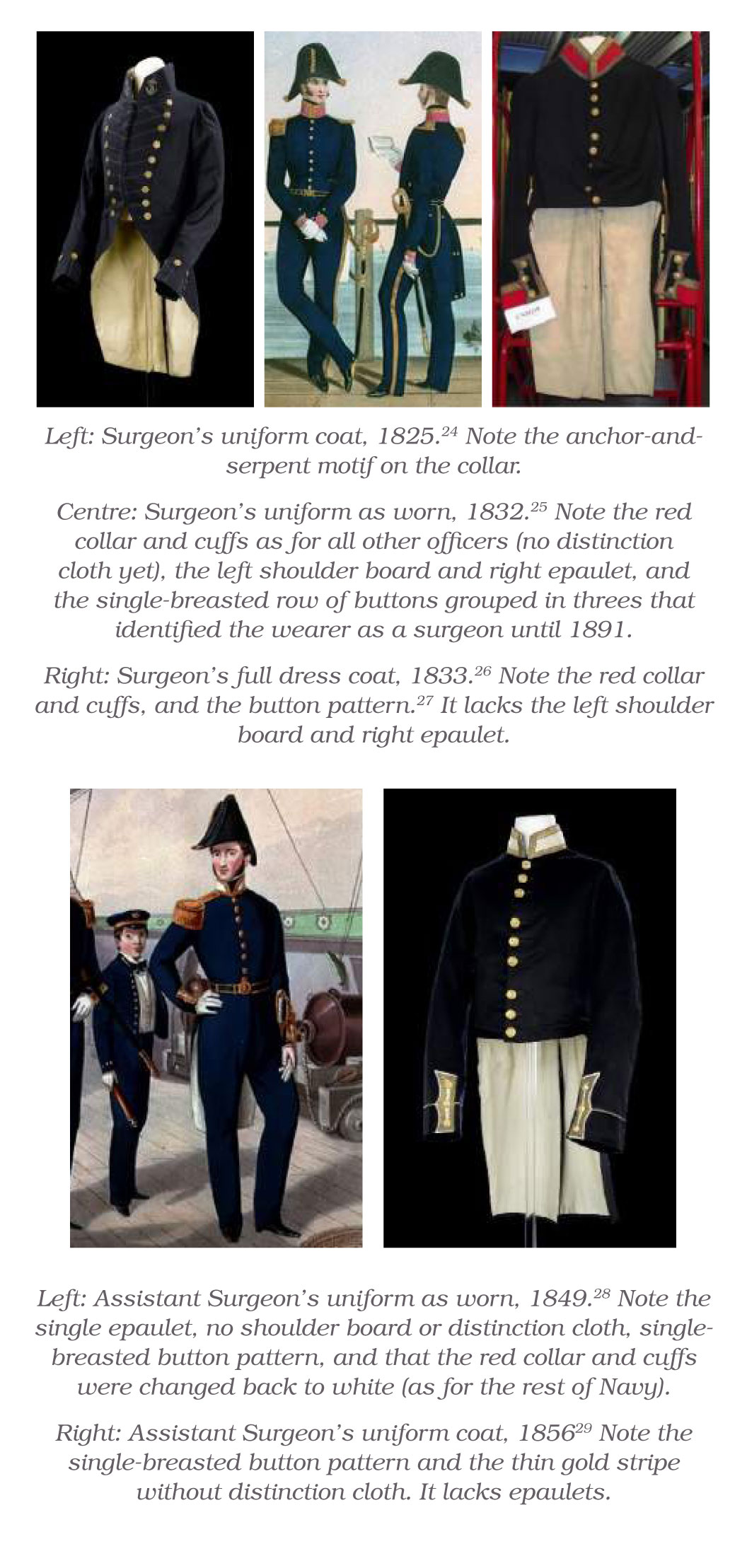

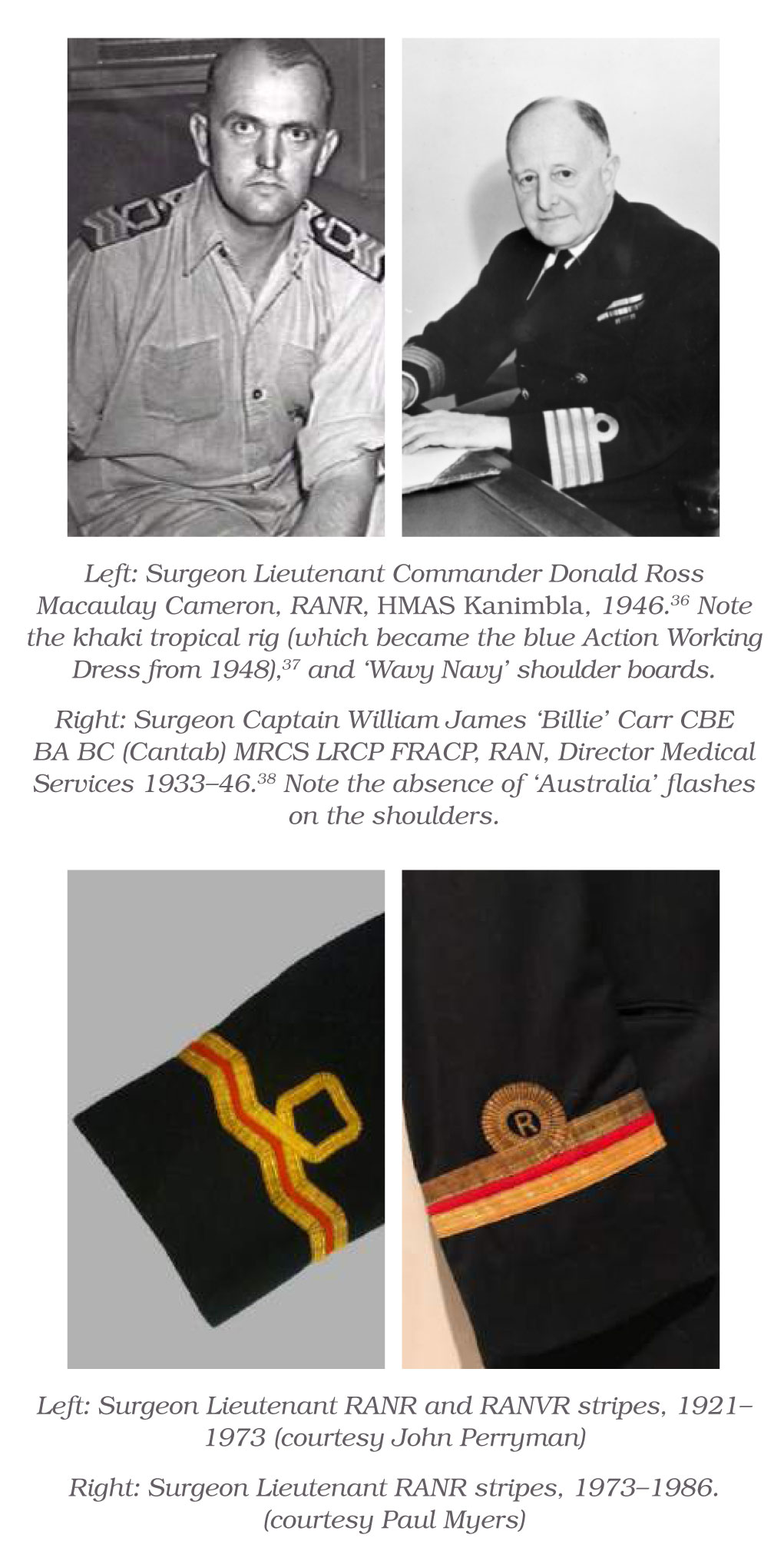
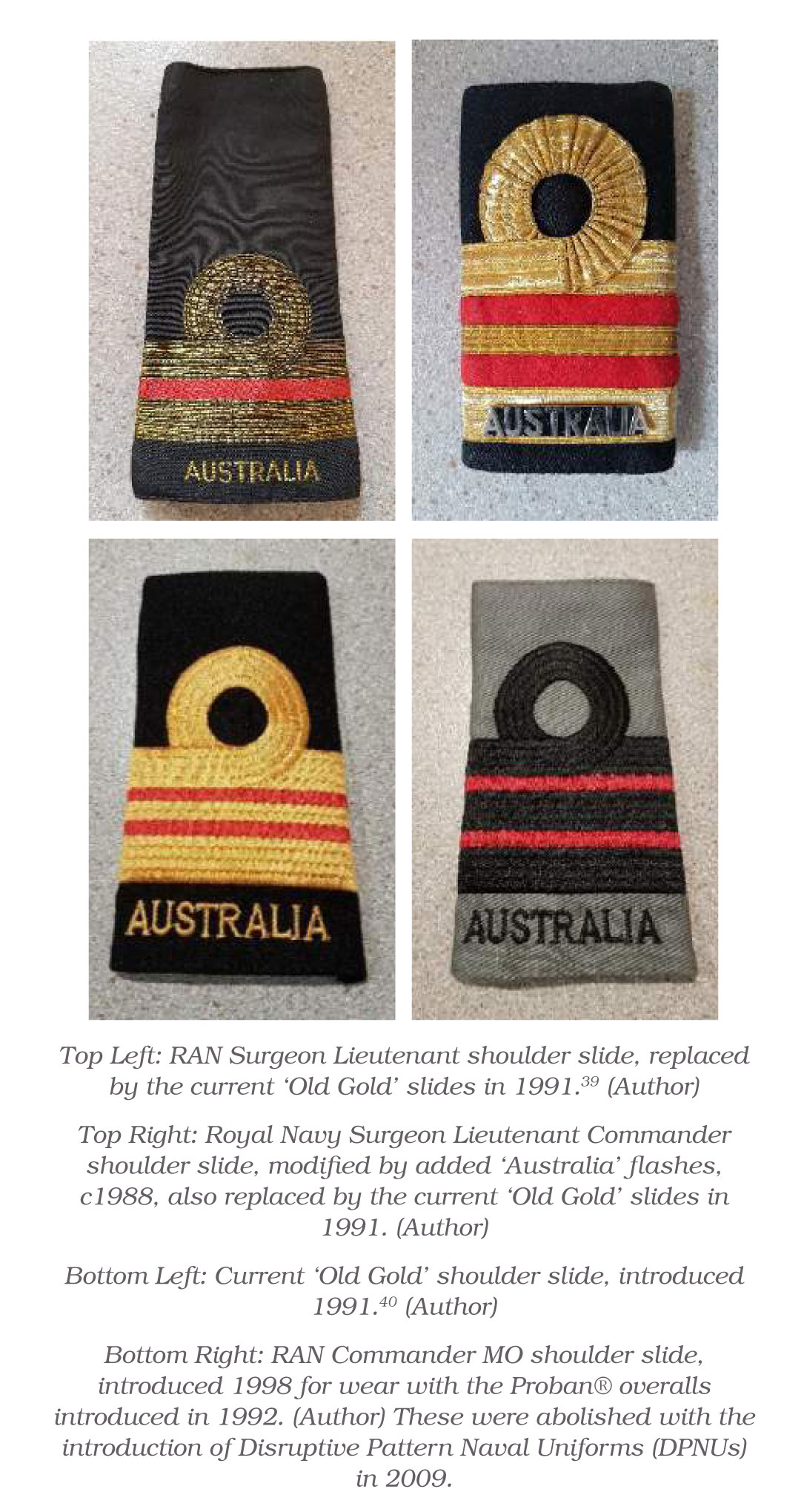
Table 1 summarises the ranks and insignia of Royal Navy medical officers since 1805. Table 2 does likewise for RAN medical officers since 1911.


Women Medical Officers
Dr Attracta ‘Genevieve’ Rewcastle (nee Candon, 1901–1951) was appointed to the Women’s Royal Naval Service (WRNS or ‘Wrens’) as its medical superintendent in 1939. She was transferred to the Royal Naval Volunteer Reserve (RNVR) the following year, after the UK Women’s Medical Foundation expressed concern that she was not only paid less than her male Navy colleagues, but less than her counterparts in the other women’s Services. Surgeon Lieutenant Rewcastle thereby became the first female commissioned officer in the RN.
She was promoted in 1943 and was joined by another 25 female medical officers who together became the only women to wear the same stripes as male RNVR officers during WWII.43 On her discharge in 1946, Surgeon Lieutenant Commander Rewcastle was awarded an Order of the British Empire for her service.
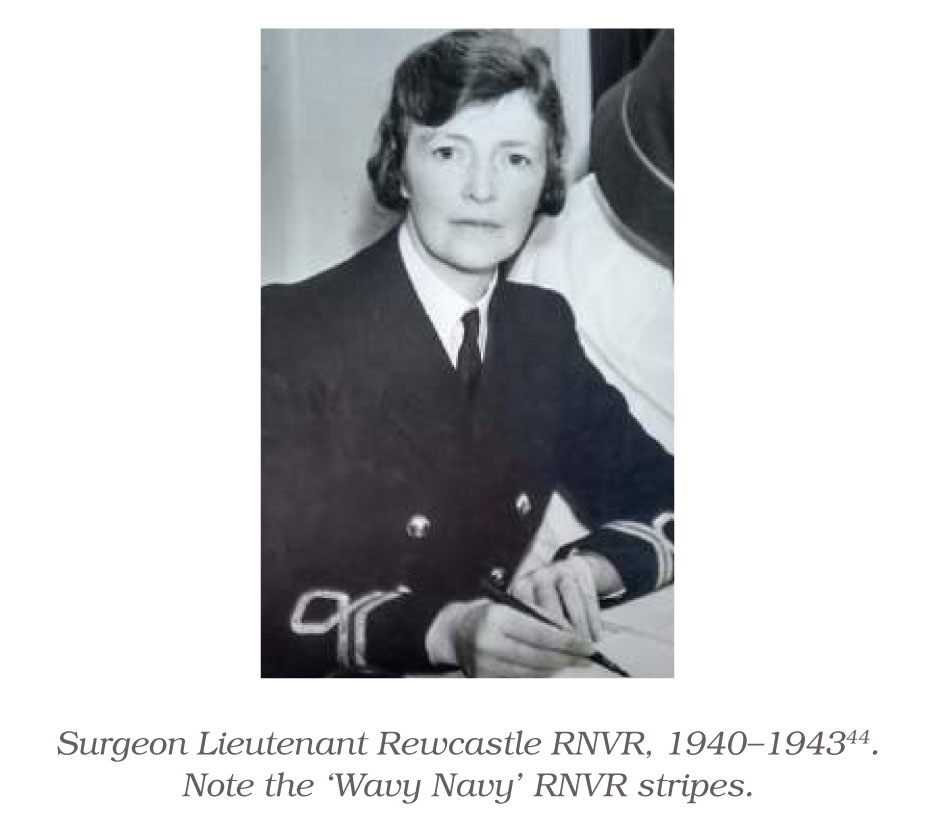
The Australian Navy’s first female medical officer (Surgeon Second Officer Beryl Violet Turner), was appointed into the Women’s Royal Australian Navy Service (WRANS) in 1979.45
Dental Officers
The first permanent uniformed dental officer of any Commonwealth Navy (Surgeon Dentist Milton Spencer Atwill) was appointed into the RAN in April 1918.46 Dentists wore the same uniform as medical officers, apart from orange instead of red distinction cloth. They received the same ‘Surgeon’ rank prefix as medical officers from 1918, with the rank suffix (Dental) until both of these titles were abolished in the RAN in 1992.
A total of 33 dental officers served in WWII, two of whom were missing presumed killed in action.47 Interestingly, only seven served in the RANR rather than the RAN; these all joined from early 1944. The Australian Navy’s first female dental officer (and first female non-nursing health officer) was Midshipman Erica Jean Yates (later Henderson), who was appointed into the RAN in 1977.48
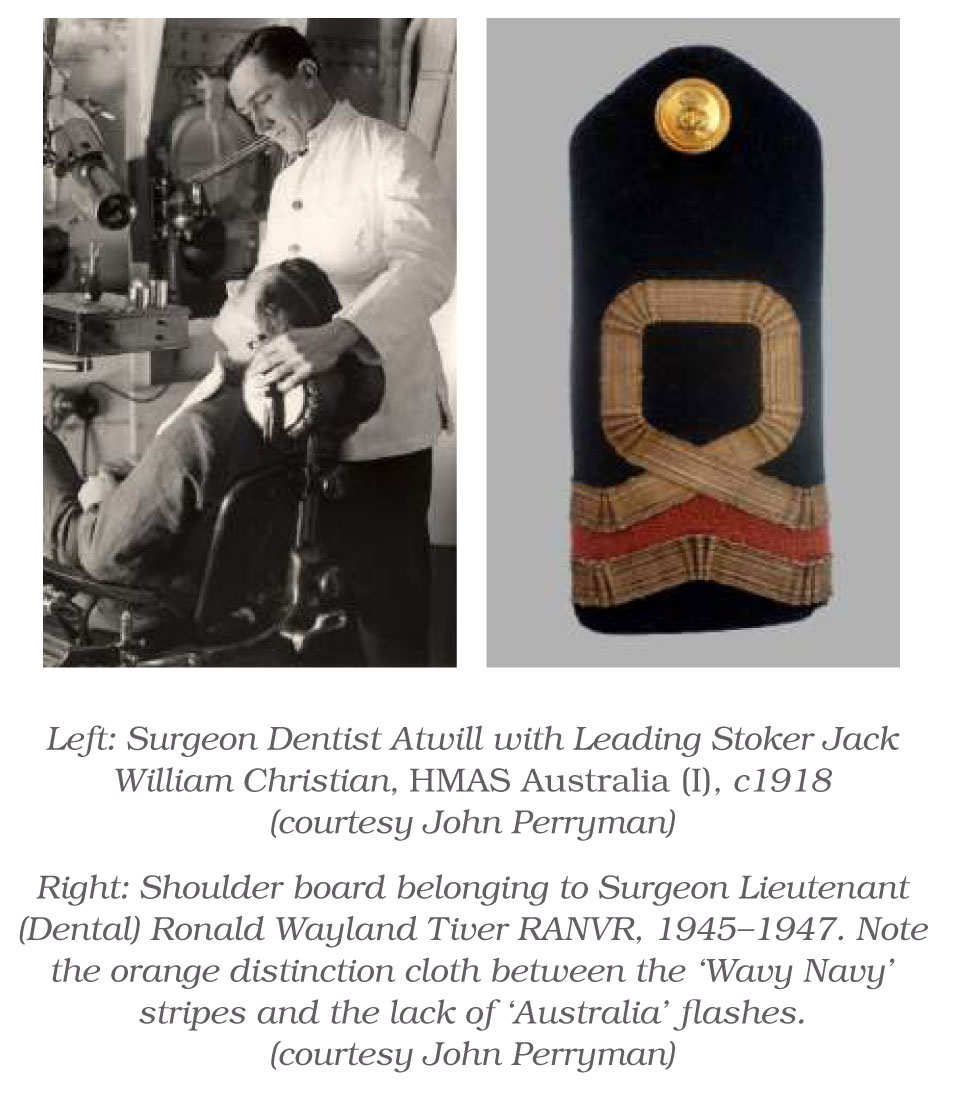
Table 3: Royal Australian Navy Dental Officer Ranks and Insignia Since 1918

A previous article described how selected First Class Sick Berth Stewards (equivalent to First Class Petty Officer) were promoted to Wardmaster (equivalent to Chief Petty Officer) after 14 years’ service, for hospital
duties ashore.49 In 1900, the Warrant Officer rank of ‘Head Wardmaster’ was established, which instigated what became the current Medical Administration Officer branch.50
During the first half of the 20th century, RN Wardmaster ranks expanded to include Commissioned Wardmaster, Senior Commissioned Wardmaster and Wardmaster Lieutenants. These were renamed Wardmaster Sub-Lieutenant, Lieutenant and Lieutenant Commander respectively in 1956.51
RN Wardmasters wore the same red distinction cloth as medical officers from 1911 until 1918, when it was changed to the maroon colour now worn by RAN nursing officers. In 1951 the maroon was changed to salmon pink, until it was abolished in the RN in 1956.52 The RAN followed suit in 1979, at which point Wardmasters were also renamed Medical Administration Officers (MAO).53
The first RAN Warrant Wardmaster was Frank George William Daisley, who was promoted from Sick Berth Chief Petty Officer in 1926.54 The first Commissioned Wardmaster was Thomas Edward Mullins DSM in 1929,55 who also became the first Wardmaster Lieutenant in 1934.56 Keith Leslie Gordon ‘Dolly’ Gray was appointed the first Commander Wardmaster in 1976,57 while the first female MAO was Sub-Lieutenant Zoe Joan Read, in 1987.58
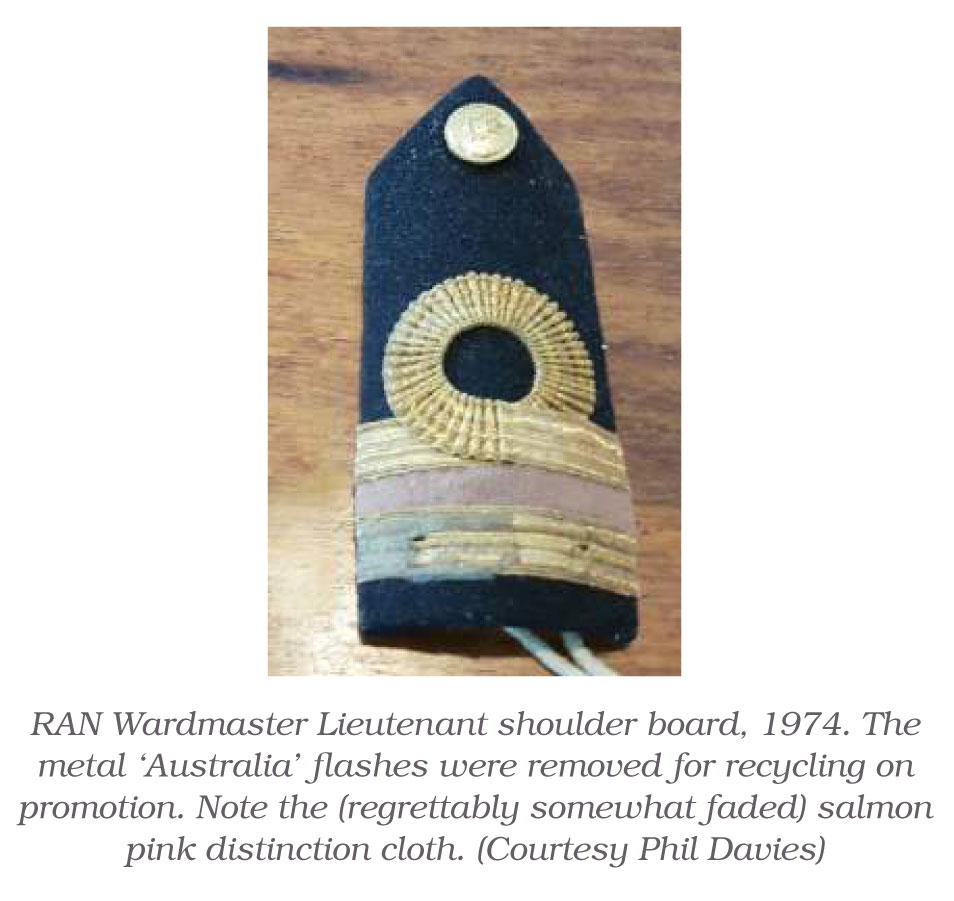
Table 4: Royal Australian Navy Wardmaster / Medical Administration Officer Ranks and Insignia Since 1926

Nursing Officers
A Royal Naval Nursing Service, based on the British Army Nursing Service established in 1881, was instigated for service in RN hospitals ashore in 1885. Their role was to train sick berth attendants, and to maintain continuity of inpatient services in the event of war. Their uniforms were based on the Army Nursing Service, except the latter’s red cape was substituted by blue, over a blue dress with scarlet cashmere cuffs. The RNNS was renamed the Queen Alexandra Royal Naval Nursing Service (QARNNS) in 1902, with a dedicated uniform badge replacing the red cross.59
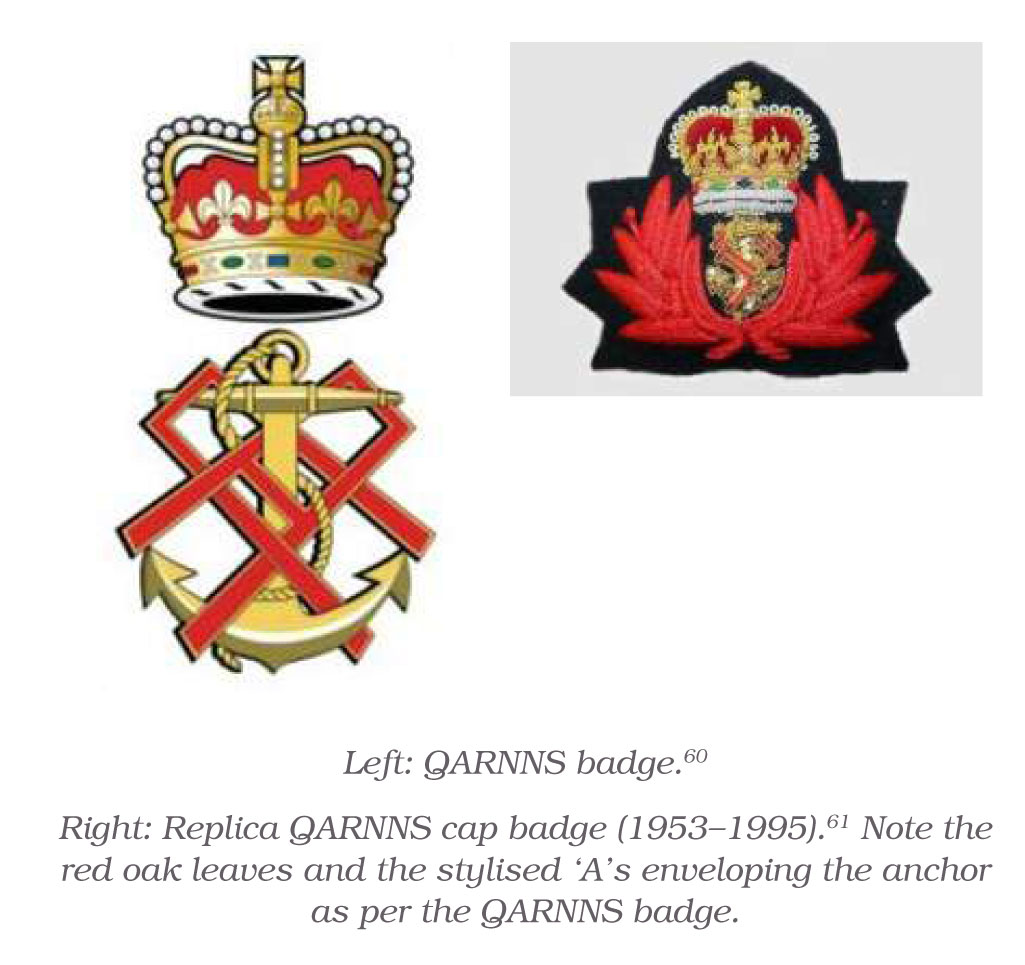
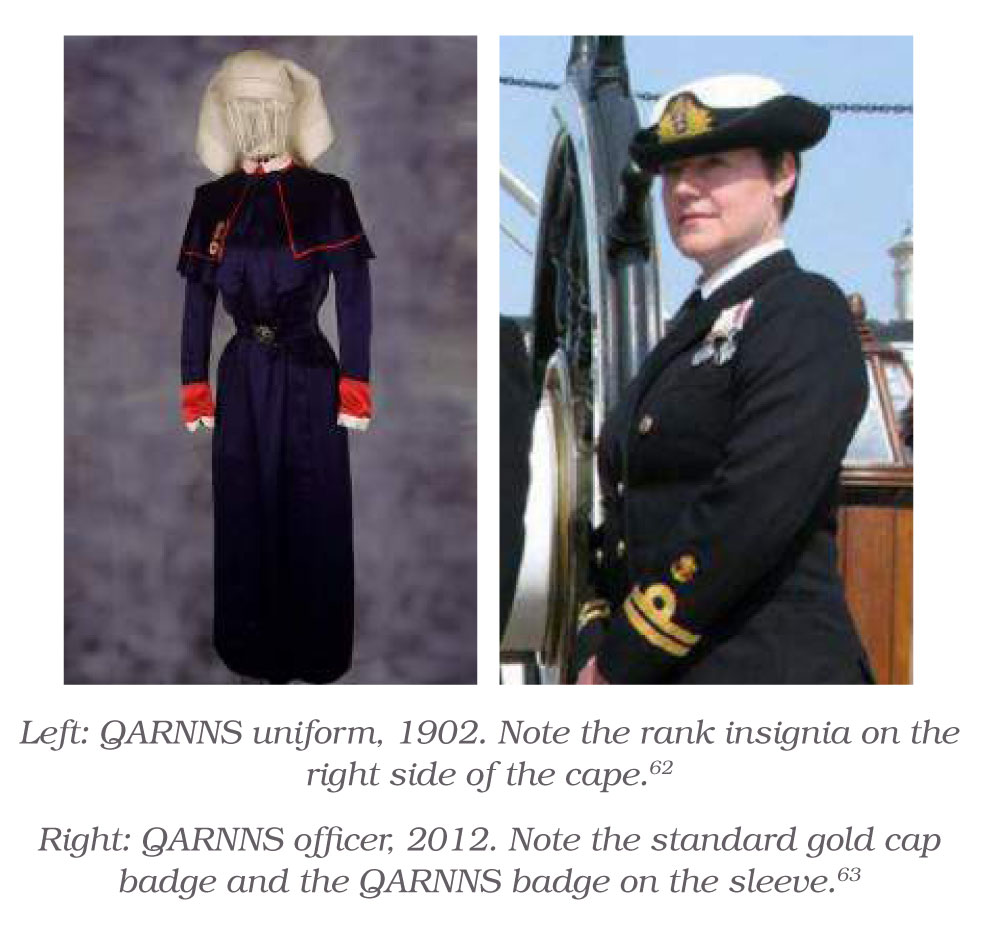
Table 5: QARNNS Ranks 1902; RANNS Ranks 1942-48 and 1964-80

The Royal Australian Navy Nursing Service (RANNS)
77 nursing officers, physiotherapists and a microbiologist served in the wartime RANNS from April 1942 to 1948, They had the same rank structure used by the QARNNS, while their uniform was similar to WRANS officers except for the same gold ‘Wavy Navy’ stripes worn by male RANVR officers and maroon distinction cloth (as for wardmasters at the time).
For working in the wards, RANNS sisters wore a medium blue dress, while matrons wore navy blue. White starched caps and blue capes with red piping were worn in the winter months. The piping for sisters was narrow while that for senior and superintending sisters was 2½ inches wide. The working rig for physiotherapists comprised a navy-blue skirt, white shirt, black tie and white drill coat.64
On its re-establishment in November 1964, the formal uniform for the postwar RANNS was similar to its wartime counterpart, except the felt hat was exchanged for the tricorne hat used by WRNS, WRANS and QARNNS officers. Their rank insignia was based on that used by the QARNNS until 1972, when they were replaced by standard RAN officer stripes (apparently in order to better distinguish them from leading seamen).65 In 1980, the QARNNS rank titles were replaced by standard Navy officer titles,66 and on 07 June 1985, the RANNS was incorporated into the RAN.67
The Director of the wartime RANNS was Matron Annie Ina Laidlaw,68 while the first Director of the postwar RANNS was Matron Maude Agnes Joyce (‘Maudie’) Jones ARRC.69 The first male nursing officer (SBLT Gregory Craig ‘Greg’ Villani) was appointed into the RANNS in 1984.70
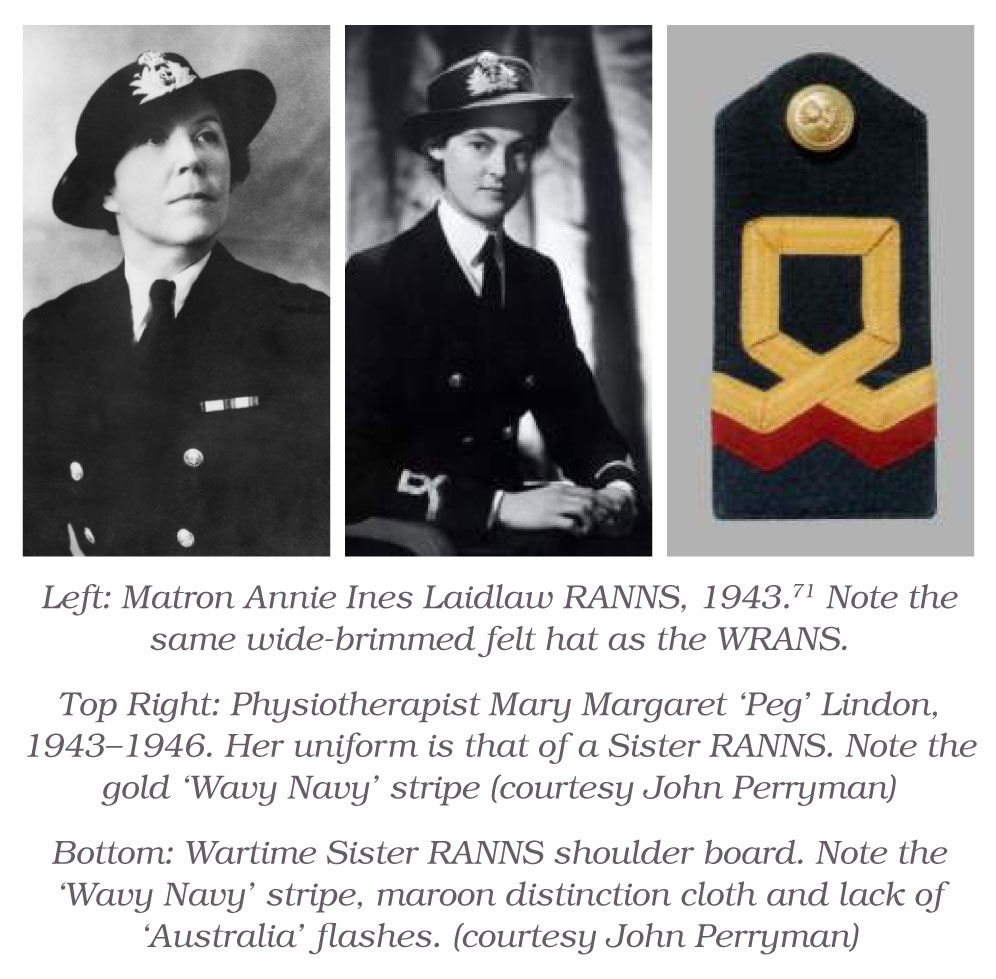
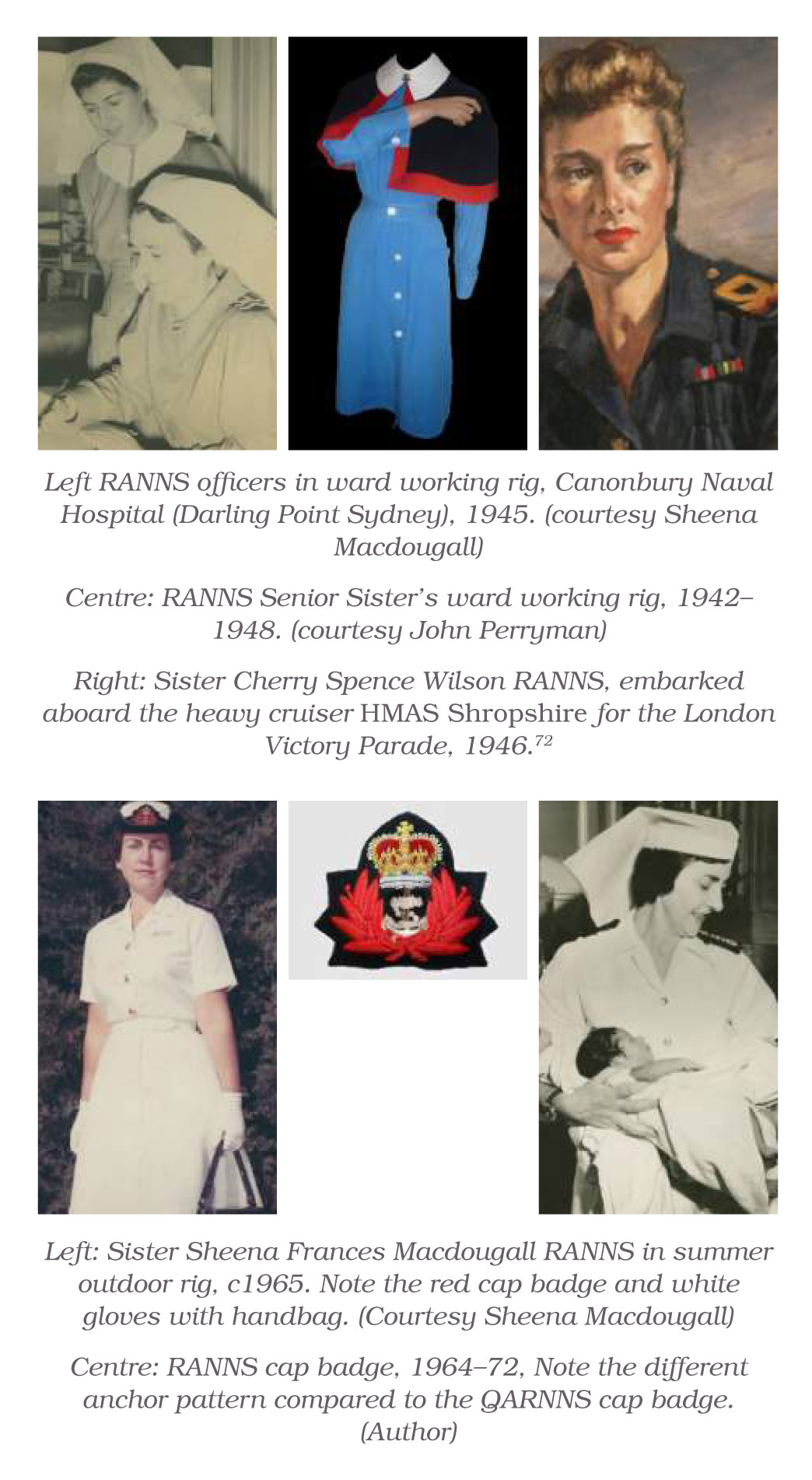
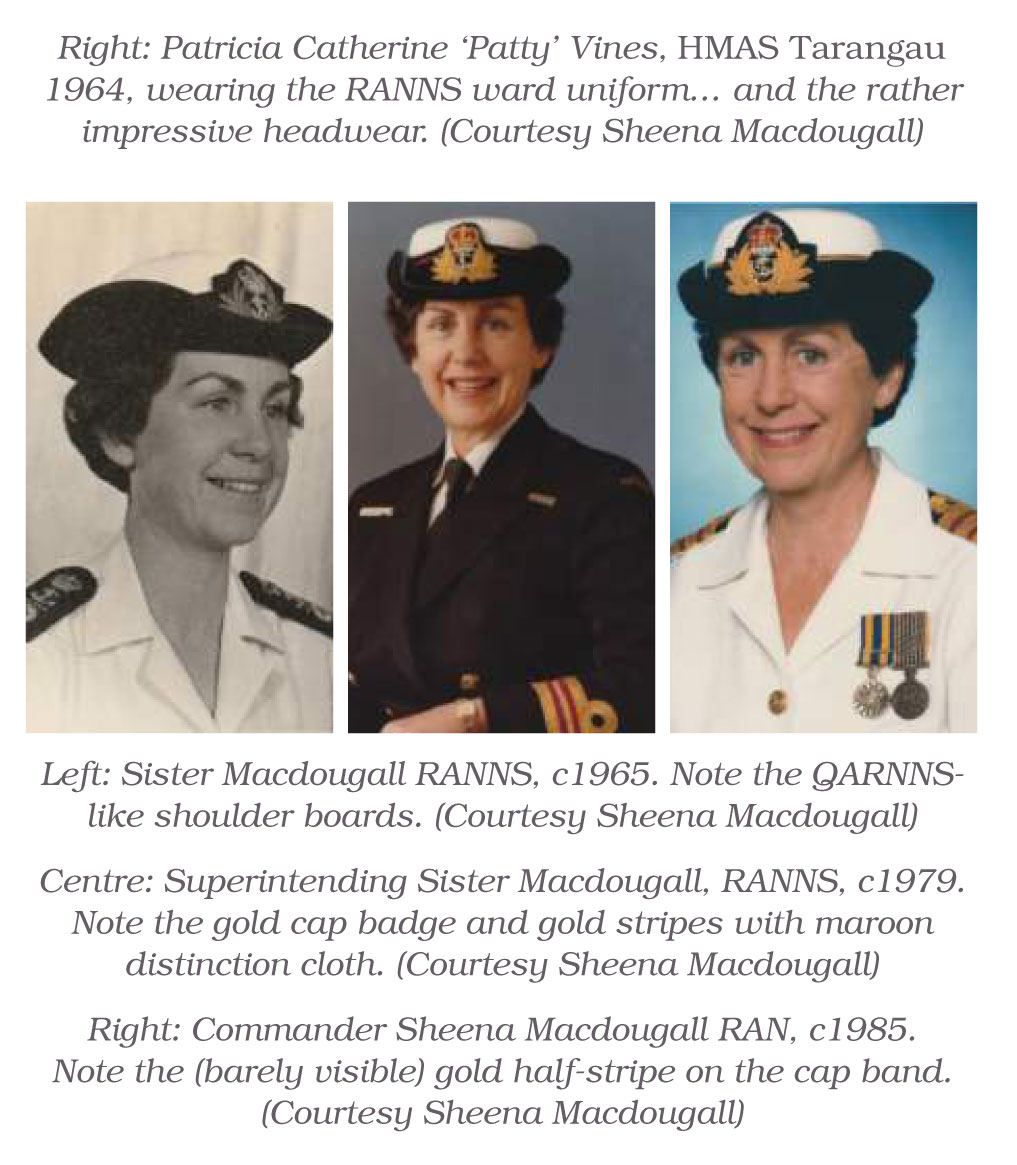
Table 6: RANNS Rank Insignia73

Summary
Part One of this article described the struggle for status throughout Navy’s history, firstly between (and within) the warrant and commissioned officers, and later between (and within) the ‘civil’ and ‘military’ branch officers. Their uniforms have been a weapon and an expression of these battles.
Having first gone to sea as part of a commander’s retinue, surgeons wrestled for recognition on comparable terms as Navy’s other warrant officers from 1509 until they achieved commissioned status in 1843. Having received the same uniform as other warrant officers in 1787, surgeons gained their own uniform in 1805, as a response to recruiting and retention problems. Subsequent changes to their uniforms generally followed the Navy in general, including receiving the ‘executive curl’ and oak leaf brass hats for Commanders and above in 1918. Yet their red distinction cloth has continued to identify their role for over 150 years, as has orange for dental officers since 1918, and maroon followed by salmon pink for RAN MAOs from 1926 until 1979.
It can be argued that women RN and RAN officers fought the same battle for status all over again during the 20th century, noting that for much of this time they were only ‘of’ rather than ‘in’ the Navy. The origins of RAN nursing officers stem from their initial wartime-expedient women-only status, which resulted in the establishment of a separate service from both the RAN and the WRANS. This model initially also applied to the postwar RANNS, with its uniforms generally reflecting its QARNNS counterpart. Yet the RANNS also led the way for Navy women officers in general, by wearing the same ‘Wavy Navy’ stripes as male RANR and RANVR officers during WWII, and the same stripes as male PN officers from 1972. Their rank titles were standardised in 1980, followed by full integration in 1985.
Disclaimer
The views expressed in this article are the author’s and do not necessarily reflect those of the RAN, or any of the other organisations mentioned.
Corresponding Author: Neil Westphalen, neil.westphalen@bigpond.com
Authors: N Westphalen 1
Author Affiliations:
1 Royal Australian Navy






